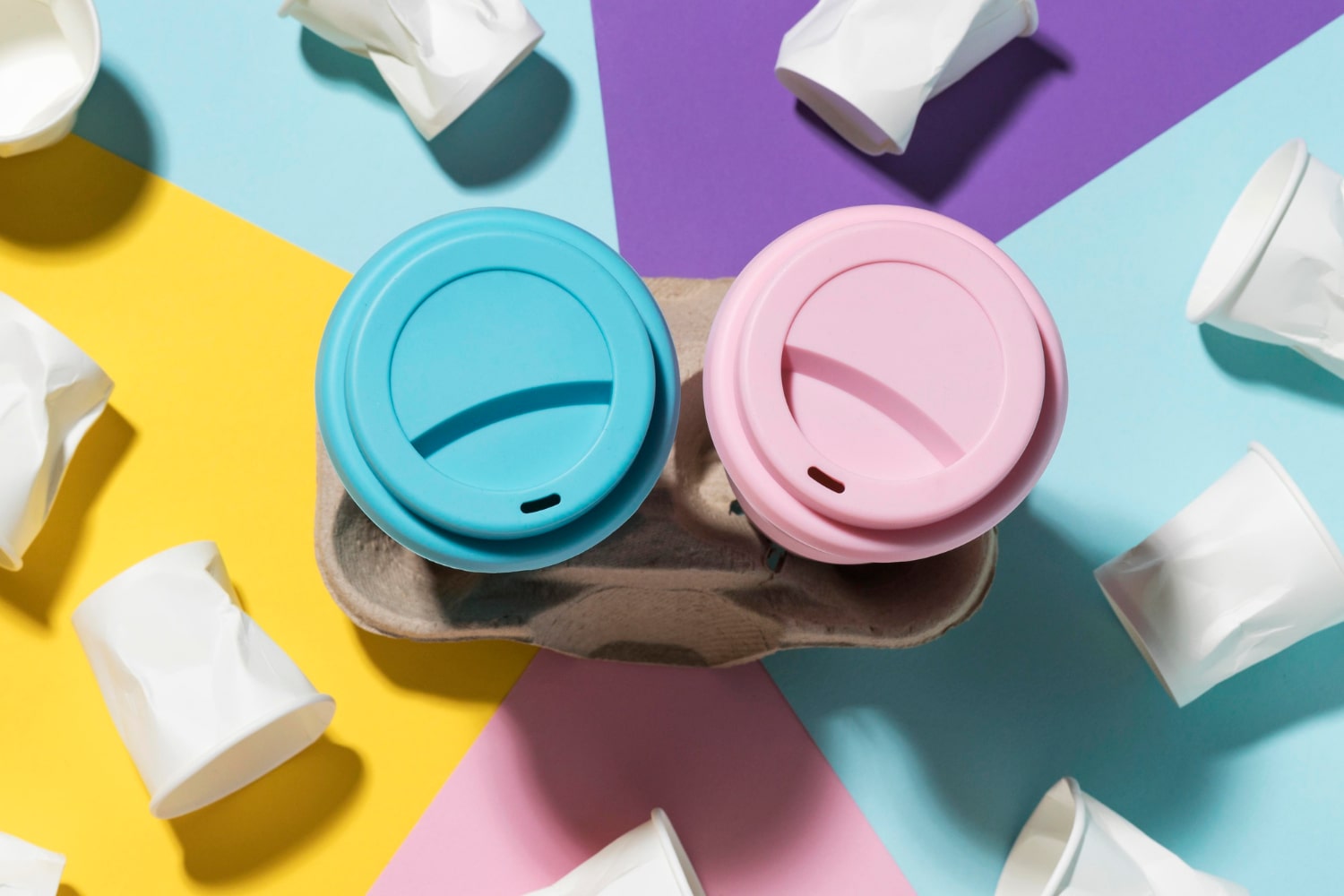
Researchers estimate that approximately 12 billion metric tons of plastic trash will exist in the natural environment and landfills by 2050. As you might already know, most plastic products take hundreds of years to break down. Instead, these products break into smaller pieces known as microplastics and nanoplastics. Any plastic particles 5 millimeters in diameter or smaller are classified as microplastics — and they are rapidly polluting the environment.
Keep reading to discover six ways to reduce your exposure to microplastics.
1. Reduce Plastic Consumption
While it may seem obvious, the best way to reduce your exposure is to limit your plastic consumption. The more plastic produced, the greater the number of microparticles. You should try to choose reusable containers made from glass, metal, ceramics or bamboo whenever possible. Many single-use plastics make their way to pollute the environment and waterways. Single-use plastics are a large part of the problem, but even the plastic Tupperware favored by many households contributes to microplastics.
2. Eat Less Meat and Fish
As microplastics spread throughout the environment, animals begin to ingest them. Humans then kill and eat those animals and inadvertently consume the same microplastics. The only solution is to reduce your meat and fish intake. At the same time, people should be aware of how their food is packaged. Plastic packaging contributes to waste and, when heated, may contribute to the number of microplastics and chemicals found in your meals.
Ingesting these materials increases the risk of severe health problems and chemical exposure. These particles could cause a variety of illnesses, including cancer, cardiovascular disease and auto-immune disorders. Additionally, it’s unknown whether pregnant women can pass these microplastics to their unborn babies.
3. Use a Water Filter
Bottled water looks clean and safe, which is why so many people prefer it over tap water. It’s also convenient to grab on-the-go and is available in most stores worldwide. Yet, what people don’t realize is that the vast majority of name-brand bottled water contains microplastic particles. Unfortunately, these particles are also found in 94% of tap water samples in the United States.
Now maybe you’re wondering what you should do since most water sources are already contaminated. You should invest in a water filtration system. A filter can keep those pesky particles out of your drinking and cooking water and greatly minimize your exposure.
4. Choose Eco-Friendly Clothes
Most of the world has recognized the harm of fast-fashion companies. However, even clothes created with sustainable practices may be contributing to the problem if they are creating products with synthetic materials. Synthetic materials release small fibers when washed and dried that wash down drains and spread through the air. These synthetic fibers are the most common type of microplastics contributing to ocean pollution.
Choosing clothes and household products made of natural materials is the best way to reduce your exposure. Examples of natural fibers include:
- Cotton
- Silk
- Linen
- Wool
- Jute
5. Clean Your Home
As you’ve learned, microplastics are moving through the air and polluting the entire world — and that includes your house.
To minimize these hazards, making regular cleaning a priority in your home. Specifically, dust and vacuum to pick up those particles. You can also invest in an air purifier to trap dust, microplastics, dander and mold.
6. Avoid Products With Microbeads
In 2015, Congress passed the Microbead-Free Waters Act, which banned microplastic beads in rinse-off cosmetics. This includes use in toothpaste, face-wash and shower gel products. Microbeads acted as exfoliants and cleansers, but the small plastic pieces would rinse down the drain and lead to further environmental pollution.
Even though this act passed in 2015, many consumers still have these products in their homes or can purchase them abroad. To minimize pollution and risks, donate any leftover microbead products for scientific study and refrain from buying more in the future.
The Bottom Line
If you utilize these six methods, you’ll reduce your exposure to microplastics. In the long run, you’ll be protecting yourself, your family and the environment by making these decisions. Why wait another day when straightforward solutions are available? You’ll feel better knowing you’ve made these positive changes.
Written by Jane Marsh
About the Author
Jane is an environmental writer and the founder and editor-in-chief of Environment.co where she covers sustainability and eco-friendly living.
You may also like
Environmentally Destructive Beauty Ingredients
How to Create Good Habits and Help the Environment
3 Eco-Friendly Habits for Everyone in the Family
